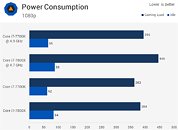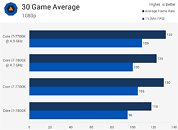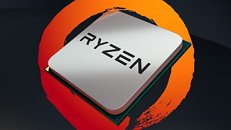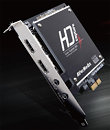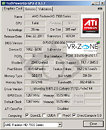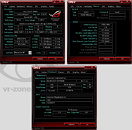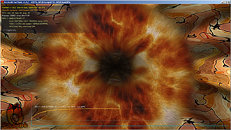Enshrouded Devs Celebrate Release of Update #1 - Tout Higher Frame & Refresh Rates
Greetings, Flameborn! Our first update for Enshrouded is finally here! Just a few weeks ago we were releasing our first roadmap, and now we're already ticking a bunch of these boxes… As a team, it feels good! Our goal for each update is to include new content, new features, improvements to existing features, as well as the usual fixes and polish.
The biggest part of the update is undoubtedly the Hollow Halls. You can read more on them below, but a word of advice before you proceed: the encounters will test your mettle and we strongly recommend preparing well and bringing your best food items, as well as campfires to rest during your exploration. It is possible to run these as a solo player, but it might be a very challenging experience, and we recommend bringing some friends along. If you team up with strangers, remember that you can create a backup of your save files. Of course since we're in Early Access, we are very eager to hear your thoughts on the Hollow Halls. Do let us know what you think once you've given them a try! And without further ado…
The biggest part of the update is undoubtedly the Hollow Halls. You can read more on them below, but a word of advice before you proceed: the encounters will test your mettle and we strongly recommend preparing well and bringing your best food items, as well as campfires to rest during your exploration. It is possible to run these as a solo player, but it might be a very challenging experience, and we recommend bringing some friends along. If you team up with strangers, remember that you can create a backup of your save files. Of course since we're in Early Access, we are very eager to hear your thoughts on the Hollow Halls. Do let us know what you think once you've given them a try! And without further ado…
































